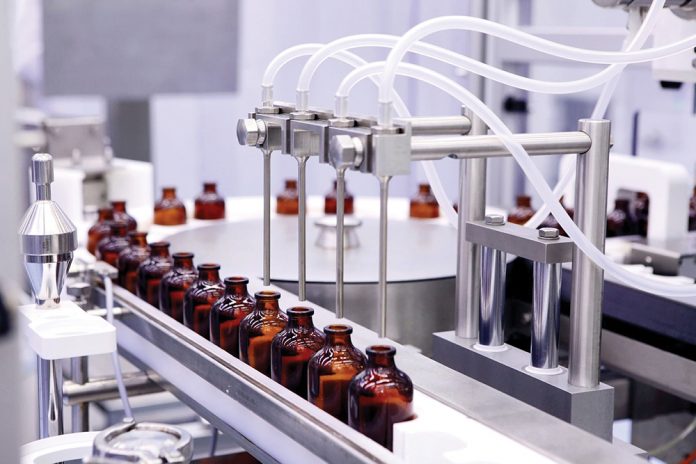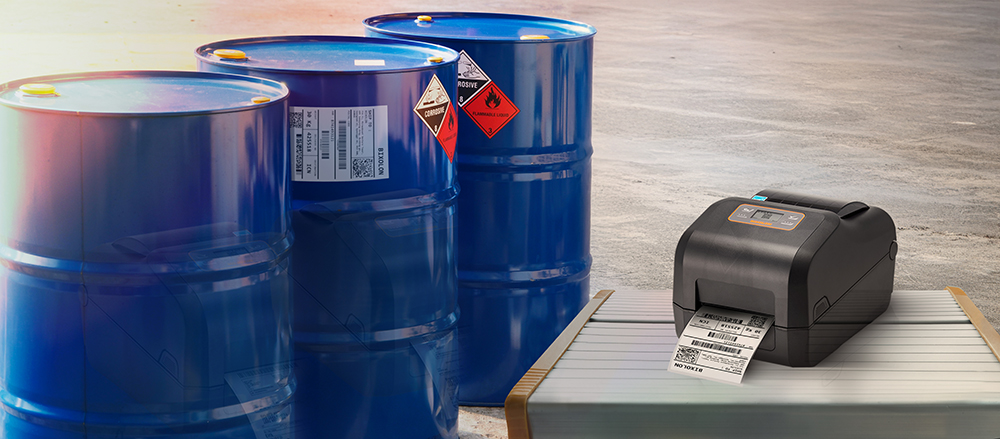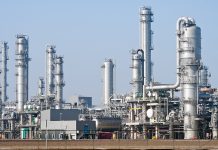The benefits of using obsolete spare parts rather than replace a whole machine are well documented when it comes to effectiveness and compliance. Worker safety, however, is often overlooked, with part failure leading to unsafe work environments. Neil Ballinger, head of EMEA at EU Automation, explains how correct obsolescence management can keep production at optimal levels by preventing unsafe work environments and further chemical plant damage.
A 2021 Senseye report found that among the Fortune 500 Global list, oil and gas companies lose $46 billion a year to unplanned downtime. Downtime caused by machine failure can be damning for smaller chemical processing companies, with expenses coming from repair costs, lost production, quality assurance (QA) issues and contractual compensation. New parts, although usually cheaper upfront than obsolete parts, can lead to further lost revenue if surrounding legacy equipment requires updating to function.
Part failure is especially important in the chemical processing industry, where there may be dangerous substances in high-pressure environments. For example, the recent 2,500-gallon sulfuric acid spilled at a Shell cracker plant in Pennsylvania, USA, was caused by a single flange valve failure.
Not only can a failure lead to possible damage to other machinery but is also a hazard to workers and the maintenance team needing to conduct repairs. The need for specific clean-up operations and PPE for repairs can only further the costs and prolong downtime.
It has long been known that incidents in the chemical processing industry might be caused by single parts. For example, piping causes a third of failures, with a third of these leading to fire and explosion. Monitoring ageing equipment is crucial, and sourcing obsolete parts can ensure ease of replacement for equipment with high failure potential, avoiding the need for system-wide replacement and further downtime.
Compliance
Due to the strict regulations surrounding the chemical processing industry, including the 2015 Control of Major Accident Hazards Regulations, the testing of equipment feeds into the cost of downtime. When legacy equipment fails and a new part is installed, the equipment will need retesting and recertification to ensure compliance. If the rest of the system needs adapting, the whole production line will need retesting as well. This is where obsolete parts can help.
Obsolete parts are those that have been discontinued by the manufacturer and can include second-hand parts or refurbished used parts. Such parts can help reduce downtime in chemical processing as they are identical to the failed part and are already compliant to regulations.
The rarity of unused obsolete parts can make them especially difficult to track down unless users purchase them from a credible provider. If sourced correctly, using replacement obsolete parts can have a number of benefits. Quick delivery (leading to reduced downtime), maintenance of system compliance, and freedom from system adaptation, all make obsolete parts a cost-effective option for chemical manufacturers.
Warrantied obsolete parts should reassure manufacturers that failure is unlikely, ensuring the safety of workers, which is an overlooked priority in the industry. Above all, safe environments are crucial for maintaining production, for the workers, the machines, and the reputation of your business.









